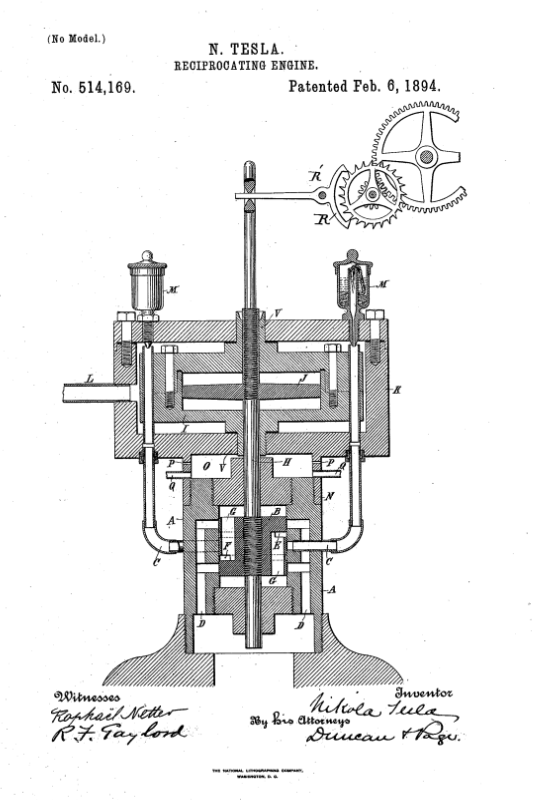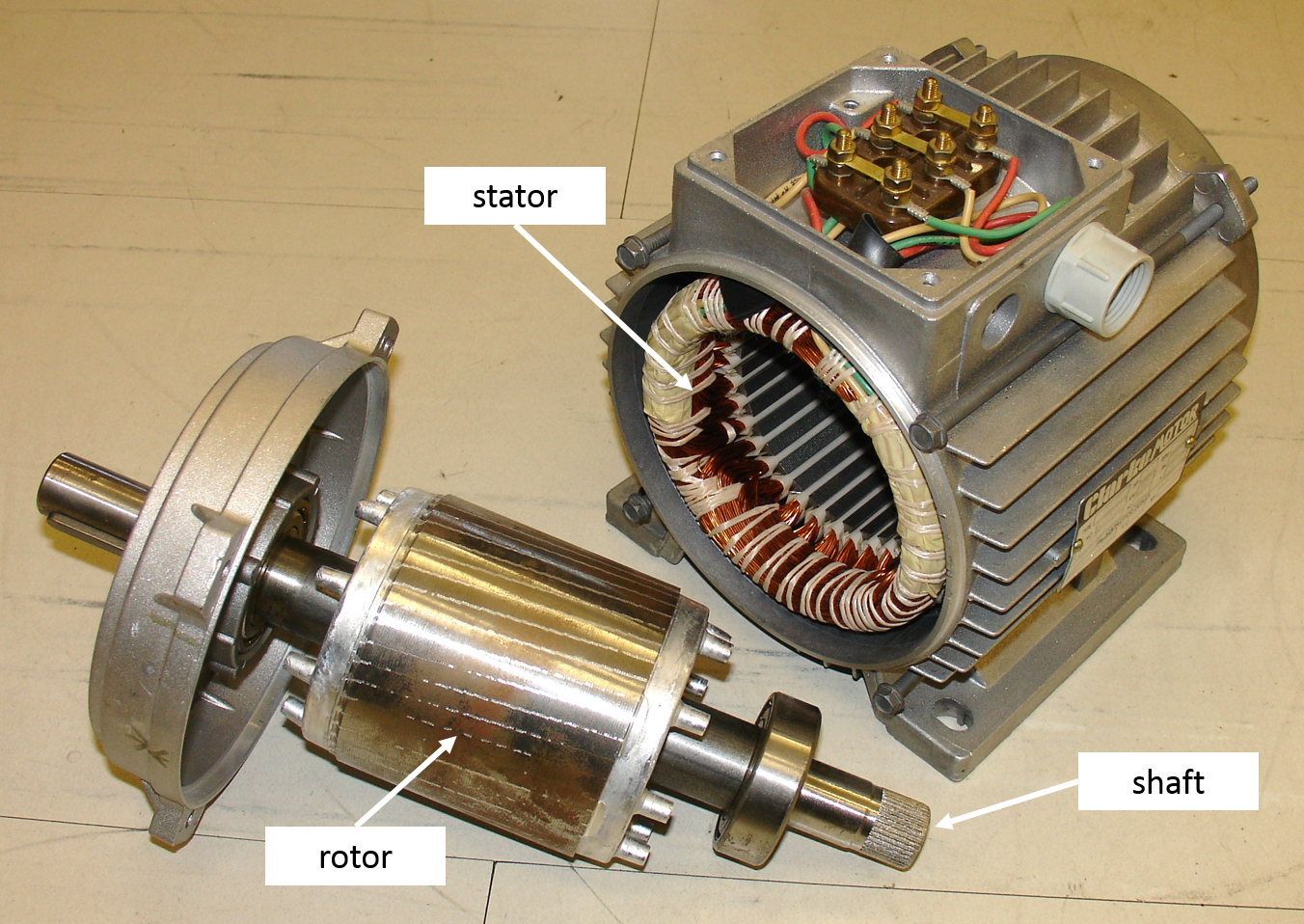Gravity Motor
Stepping into the future of transportation

An exercise in physics contemplation
For building a gravity motor, we're at point zero. The starting point is asking the question; what is a gravity motor? Immediately the answer to building a gravity motor has the clarity of mud. The purpose in this writing is looking into design function that provides direction for design intent. This contemplation of physics has nothing to do with going to the barn and grabbing a staddle to strap onto a dead horse for a ride down the rabbit hole looking for another round perpetual motion piece of wood with a useless stick gizmo.
An electric motor to generate electricity would have to do what? It would have to influence an electromagnetic field. How can a gravity motor for transportation be conceived? Intuitively, motion for transportation would use leverage.
Gravity travels with toroidal fields. Nature reveals its centripetal motion. Effecting a larger or lesser gravitational field would necessitate larger or lesser gravitation toroidal field. Intuitively more complex toroidal fields are found in heavier elements.
With a gravity generator, we’re looking to capture and manipulate gravitational fields. Its operation would capture the linear motion of particle movement as it travels through space at light speed. This is found in a frequency pattern. The movement is very fast, its motion is very minute.
The frequency of a particle is consistent with its orbital diameter. Molecules build upon the torioidal fields of an element’s particles. A gravity generator would be based upon the orbital frequencies of molecular bodies as these fields travel at the speed of light, in sync with all matter.
It would seem that there is a necessity to amplify this toroidal shaped gravitational frequency since all matter is traveling at a relative speed. This is made more understandable by viewing the perspective of throwing a baseball from one train to another train with the two trains traveling parallel to each other and traveling at the same speed. Amplification of a gravitational frequency would be equivalent to the necessity of using a greater force to throw the baseball from one train to another in order to compensate for the interference of distance resistance.
An electric motor uses magnetism and requires a greater force of leverage to spin a magnetic field.
Gravity motor
A gravity motor would use leverage. Leverage can be attained with spin.
In relation to Einstein’s theory of relativity, all things are moving at the speed of light. A gravity motor would have to intercept, more accurately: exceed that velocity as a component of its source in manipulating a gravitational field. Simplistically: surfing gravity waves. Or more complexly; the toroidal fields.
As mentioned in previous articles, it’s necessary to find out what gravity is and where it comes from. Based on what the new theory postulates its definition of what gravity is, a huge question arises: how can gravity be manipulated to serve as a methodology for transportation motion?
Can we take an element, say copper, and assemble it into a mobius type object, then accelerate it to spin? The question is in query to Nikola Tesla’s earthquake machine. What type of field would this create? We’re looking to establish a toroidal field that will influence a gravitational reaction. Would this provide a field that would register any significance?
Are there any known ways to capture and interact with a particle’s motion of light speed? Heat is a local reaction; the pursuit is to capture a segment of natural flow with a controllable interaction. The assumption is that creating a gravity induced toroidal field will carry some sort of measurable gravitational reaction. Is there a type of specialized equipment available to find answers to these questions? Intuitively, a gyroscope should be able to detect gravitational field motion.
Building a gravity motor requires a basic understanding of what gravity is. Manipulating gravity to be used as a source of transportation motion requires more than a formula of how gravity reacts that was established 400 years ago.
What is a gravity motor and how does it work? CATTCC is asking the question, the effort in asking these questions is to stimulate interest, presenting a different perspective with a new theory of gravity, and doing research. The potential for gravity-based flight for space travel presents a new era in transportation. The practice of chemical explosions for rocket technology is ridiculously inefficient.
The theory that gravity is the angular momentum of particle mass traveling in a linear path at the speed of light (E=MC^2) has to be authenticated. Once the theory is validated, practice towards manipulating its procedure will increase. As it is now, CATTCC represents this leading edge of technological transportation research. A gravity motor used for transportation is a concept based on surfing gravitational waves produced by a type of motor.
Nikola Tesla built a device on the concept of spring tension. This reciprocating engine applied a constant force of steam to produce vibration. By perceiving this vibration with the term of frequency, the perspective for spring tension can be viewed as a light wave.
As part of his introduction he states; “It is a well known principle that if a spring possessing a sensible inertia be brought under tension, as by being stretched, and then freed; it will perform vibrations which are isochronous and, as to period, in the main dependent upon the rigidity of the spring, and its own inertia or that of the system of which it may form an immediate part. This is known to be true in all cases where the force which tends to bring the spring or moveable system into a given position is proportionate to the displacement.”
Near the conclusion of describing his invention, he adds: “Another application of the invention is to move a conductor in a magnetic field for generating electric currents, and in these and similar uses it is obvious that these characteristics of the engine render it especially adapted for use in small sizes or units.”
In correlation to Tesla’s reciprocating engine, we consider the new theory of gravity. Conceptually, with a perspective for this new theory of gravity, producing a gravity motor as a transportation device can be built by utilizing a similar technique that applies the application of the vibrating frequency to the articulating angular motion of the linear path of particle mass (E=MC^2).
A reciprocating spring action to a mobius type object viewed as a linear ribbon motion is the perspective that creates the pattern for a gravitational wave with a transportation device to surf (the twists).
The constant forward motion at light speed would provide linear motion. Taming light speed might be a challenge, however, a toaster doesn’t stop the flow of electricity. An electric generator motor doesn’t spin at light speed to enable it to produce a flow of electricity.
Spin creates flow, a linear induction motor is used to cause movement of a device to follow a straight line.
The basic concept of explaining how a linear induction motor (LIM) or a Linear Synchronous Motor (LSM) works, when compared to a standard electric motor is fairly simple. A standard electric motor has an apparatus in the middle that operates like an axle. This center piece is made of wrapping copper wire around a center piece in a pattern that carries an electric current which transforms it into an electromagnet. Those two components, axle and rotor, work as one piece. The outer piece is also made of wrapped wire and carries electric current which make it also an electromagnet. This outer piece that causes a magnetic reaction to the rotor is called the stator.
With a LIM or LSM, the stator is not encased. It is laid out on a guideway. The rotor is attached to an apparatus that serves as a moving vehicle: its electrical source is a battery.

A gravity motor would be very different. And, requires a totally different perspective in its design.
A gravity motor, like any other motor requires a constant flow. Much to the wording of Tesla’s reciprocating engine, a gravity motor captures a reciprocating motion.
An electric motor’s power is derived from the reaction to subatomic collisions within the magnetic fields. The purpose of a gravity motor is to capture the natural flow of particle mass at light speed. A transportation device theoretically interrupts, or interacts with, the flow of gravity mass to create a gravity wave. Similar to a surf board interacting with a wave in water.
Efficiency is of utmost importance to developing a gravity motor. Without the heat buildup of colliding particle in electromagnetic fields, there is a tremendous reduction of thermodynamic loss. This also serves to increase vehicle speed.
Anyone interested is invited to join the conversation: https://www.cattcc.org/contact



